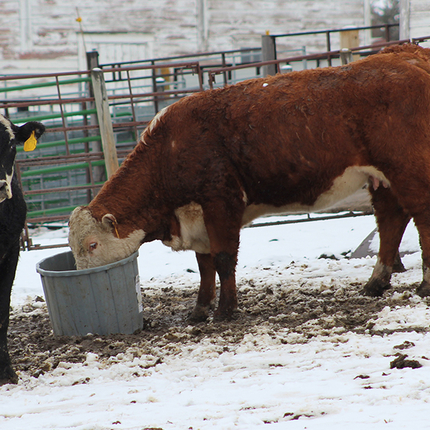For farmers and ranchers, climate and weather are not “new trends” as much as they are experiences of day-to-day reality. There is quite a lot of data available on climate change and no lack of controversy over that same data.
Here at the Center for Rural Affairs, we support farmers and ranchers who work in an ever-changing climate. Our recent conservation learning circles for women farmers and landowners have included guidance in sorting through climate data and making it applicable. Farmers can then study their impacts and prepare for the future.
“You have to make climate change relevant to people, and I think we do that,” said Martha Shulski, state climatologist and director of the Nebraska State Climate Office at the University of Nebraska-Lincoln School of Natural Resources.
Shulski’s service organization acts as a translator of climate data and conditions. Staff members assist with putting current weather and climate conditions into perspective. They also localize data to provide a better understanding of future climate and weather pattern projections. Then, the public can apply the information to everyday use.
In the Midwest, states partner with university extensions at workshops and presentations to address mitigating future impacts of weather with farmers and ranchers. A key piece of what they present is how to apply the latest scientific information by adapting current conservation practices for a more resilient and “weather-ready” farm.
“High Plains states experience what is considered a ‘highly continental climate’ when it comes to weather and climate,” Shulski said. “This means it’s highly variable and mitigating impacts is even more relevant in ever-changing conditions.”
Part of state climatologists’ responsibilities is looking at current conditions, past trends and future projections. They then create a set of scenarios to show actions that can be taken to predict weather and climate models for the future. This allows farmers to see what will happen in a variety of ways, whether they keep status quo or apply new practices to change future outcomes.
So, what is most important to know about the future climate on the High Plains? Shulski said according to model projections, it’s going to get warmer. Cold seasons will be wetter. Farms will be drier.
“A lot of opportunity exists to take what we’ve learned in the past and apply it to the future,” Shulski adds. “We learn how to better prepare.”





